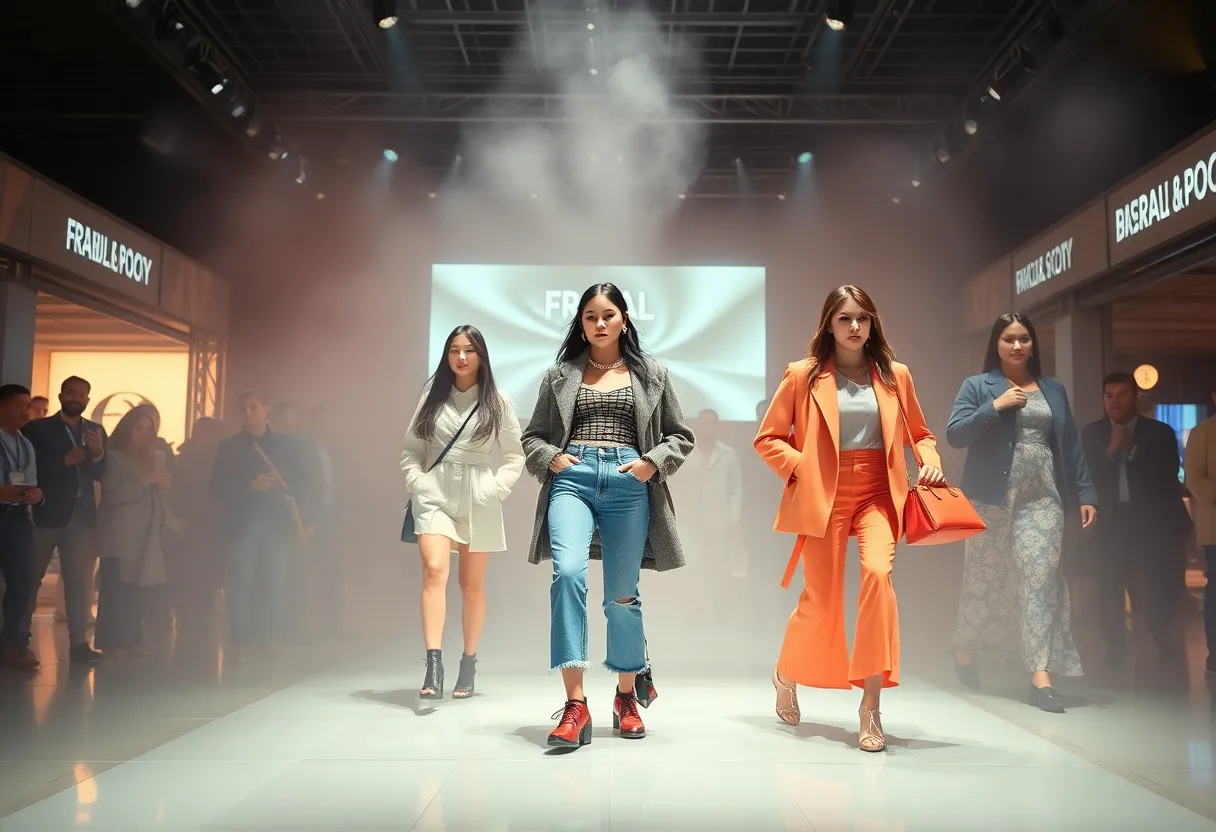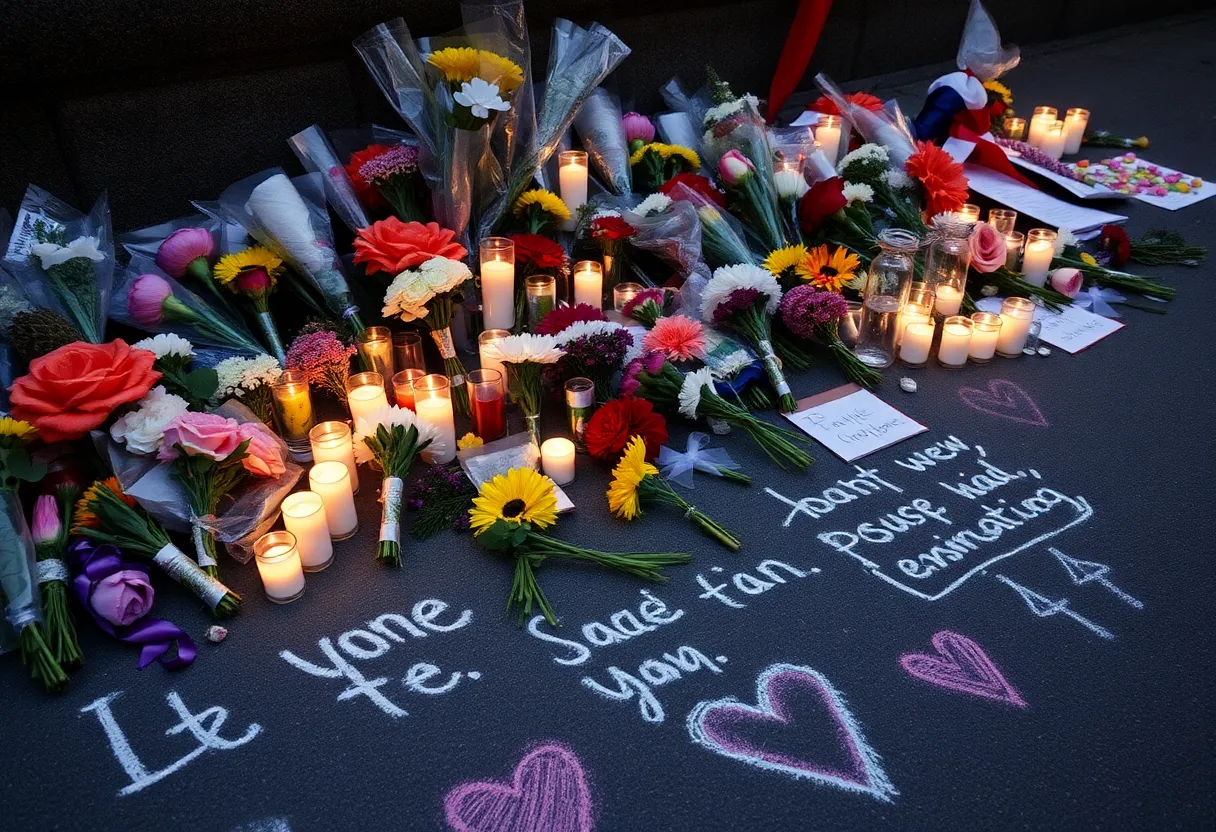News Summary
In the first half of 2025, Dior leads in digital performance among luxury fashion brands according to the Vogue Business Index, with Ralph Lauren surprising by entering the top five. Despite a ‘digital recession’ affecting social media engagement, brands like Tommy Hilfiger and Ferragamo continue to thrive. New entrants such as Ami Paris and Jacquemus are making their mark, indicating the need for localized marketing strategies.
Dior Shines in Digital World as Ralph Lauren Joins the Luxury Elite
In the latest update from the fashion world, the Vogue Business Index H1 2025 has brought exciting news: Dior has once again claimed the crown for digital performance among luxury fashion brands, pushing aside Louis Vuitton, which had a brief moment at the top earlier in 2024. It seems like there’s quite a bit happening as we dive into the first half of 2025!
Political Changes and Social Media Shake-Ups
Starting the year, the digital landscape has been noticeably influenced by political changes in the United States. TikTok found itself banned and then reinstated on January 19, coinciding with Donald Trump’s second term as president. Meanwhile, on January 7, Meta made waves by altering its policies on Facebook and Instagram. This change involved scrapping fact-checking and reworking its Hateful Conduct policy, stirring up some controversy along the way. The impact of these decisions is evident in how brands are navigating the social media realm.
A Closer Look at the Index
The Vogue Business Index evaluates 60 top luxury fashion brands, taking into account performance on both Western and Chinese social media platforms. Using metrics like followers, website traffic, shares, and even Google search volume, this index provides valuable insights into how these brands stack up against each other.
Shifting Fortunes: Ralph Lauren Steps Up
In a surprising twist, Ralph Lauren has leaped into the top five, surprisingly knocking Chanel out of the running. This marks a significant achievement for Ralph Lauren, particularly during a time when there’s a noticeable shift in consumer preferences from high-end luxury to premium brands. With 24% of consumers expressing an intent to switch to more affordable brands due to rising prices, Ralph Lauren’s ascent is well-timed.
The Digital Recession: What’s Happening?
Interestingly, the luxury fashion sector appears to be experiencing what some are calling a ‘digital recession’. Social media engagement has dipped, with interactions down by 19% on Instagram and 4% on Weibo. Plus, the views on YouTube have plummeted by an astonishing 93%. However, brands like Tommy Hilfiger, Dior, and Ferragamo seem to be thriving despite these broader declines. It presents a fascinating glimpse into how some brands can adapt and overcome challenges.
The Role of Social Media in Brand Discovery
As we delve deeper, it’s noteworthy that 40% of luxury consumers discover brands through social media, with another 40% researching their potential purchases on these platforms. Brands are encouraged to create engaging and meaningful content, focusing on attributes like quality, value, and innovative design to resonate with consumers during economic tough times.
Fresh Faces in the Index
This year also saw the introduction of newcomers like Ami Paris, Jacquemus, and Maje. With rankings at 38, 39, and 60 respectively, these brands are trying to find their footing in a competitive landscape. Ami Paris sticks to traditional digital strategies, embracing celebrity campaigns that highlight its rich heritage. In contrast, Jacquemus charms consumers with playful and innovative content on social media aimed at drawing attention. Meanwhile, Maje, despite its impressive follower count, needs to boost its engagement and may benefit from culturally relevant content.
Global Strategies: Finding Success Across Borders
The varying levels of success for these brands indicate a strong correlation between localized marketing strategies and brand recognition. Notably, Ami Paris and Maje enjoy better recognition in China compared to Jacquemus, underscoring the importance of adapting strategies for different markets.
Celebrity Influence and Digital Identity
Star power remains significant in how brands engage audiences. Notably, Prada continues to lead in digital performance, thanks to its strong connection with cultural initiatives that drive high engagement. Miu Miu has been gaining momentum as well, thanks to strategic celebrity collaborations.
The Digital Product Passport: A New Frontier
In the world of luxury fashion, Digital Product Passports (DPPs) are emerging as a new standard as brands prepare for upcoming EU regulations. These passports serve to provide a digital identity for luxury items and aim to enhance customer engagement. Nonetheless, brands face challenges in ensuring that consumers are aware and understand these digital identities, as the familiarization with technology varies greatly among audiences.
As we move further into 2025, the landscape of luxury fashion is evolving. With brands adapting to new dynamics and pushing the envelope, it’s certainly a thrilling time for fashion enthusiasts and industry experts alike!
Deeper Dive: News & Info About This Topic
HERE Resources
The Hype for Wicked: A Story of Green, Pink, and Over-the-Top Marketing
Fashion Fever Heats Up: Insights on Trends and Influences Shaping the Industry
Additional Resources
- Vogue Business: Traditional Digital Marketing Is Going Amiss
- Netguru: Disrupting the Luxury Fashion Market
- Business of Fashion: Millions of Luxury Products Have Digital IDs
- Luxury Daily: Digital Dilemma in Luxury Brands
- Jing Daily: Luxury Giants Rally Behind New Digital Fashion Initiative
- Wikipedia: Luxury Brand
- Google Search: Luxury Fashion
- Google Scholar: Luxury Brands Digital Marketing
- Encyclopedia Britannica: Luxury Brands
- Google News: Luxury Fashion Trends









